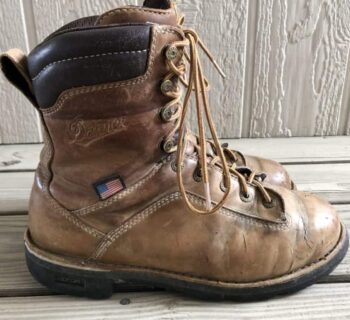Before following the sailing tips for beginners in Texas, you can benefit a great deal from a few key pieces of information. The same basic principle is applied in schools. Reading generally helps before any lectures or lessons taught in a class room environment. Your brain begins to absorb the information and process it so that by the time you get out on a vessel, it is easier to recall and put into action. This article will give you a review of sailing in its most basic form, with the terms and skills so that when you get there, you'll feel like it is sort of familiar ground. The positioning of the sail needs to be correct in relation to how it uses the wind to propel the boat onward. This sail positioning can be effectively done by means as basic as learning what to listen to and watch for as it interacts in different ways with the wind.
The Preparations
Exercises are performed with careful attention and practice, eventually making the process easy for you to perform in time. One standard indicator that the sail is not yet aligned properly is to watch or listen for flapping of the sail. When the wind captures the sail fully, the force against it is consistent enough to halt any flapping. The sail will need altering should the flapping of the sail continue. Just like getting a suitable balance in life, sailing courses teach one that balancing a sail boat that is heeling to one side is important for keeping the boat on the right course. If a sail boat is off balance then the direction in which it sails can actually change. Whether it goes toward the port or even the starboard side, you have to be aware of everything on the boat that could be posing a problem for the balance of the craft. That balance it not just important from side to side, but also from the aft to the stern of the vessel, or end to end. Distribution of weight on the boat is important and needs to be modified in order to correct such difficulties like the boat drags in the rear or dredging up too much water in the front.
There shouldn't be any unexpected situations when the boat is nicely balanced. Steering the boat is oftentimes what people visualize as the centerboard or the fin. As the wind is by no means a perfect method of steering your craft, it is beneficial to know just what role the centerboard plays in the sailing of your sail boat. To alter and manipulate your course, the centerboard is a movable fin on the underside of the vessel which can be adjusted according to the position of the sail. With a combination of sail and centerboard, you're able to appropriately maneuver your ship to take you to any destination or port. In order to steer the craft, this is an interesting yet beneficial method. Expertly maneuvering your ship through employing methods such as tracking and alternating zigzag moving will be taught. There is much to understand, and actual hands on learning is the absolute best way to get a feel for how the wind and the boat interact to get you to your destination.
How to Get Good Sailing Lessons?
One of the greatest past time activities is sailing as it proves to be an accelerator for most sea lovers and travelers. Therefore, one can witness the rise in this form of industry. Actually, aside from enjoying the activity, one needs to be groomed and trained properly in order to face tough conditions and hard waters. One should find quality lessons and be able to enroll in schools that are accredited from yachting associations. These schools offer expert sea training from the experts and best trainers in the industry. If you have decided to get lessons, it is important that you ensure where you should be trained. The prosperity of a learner would always depend on the quality of teaching of a sailing school. Therefore, one needs to be extra sure while searching of professional and good lessons.
For learning to sail, one needs to find a quality training school. Some of the key points to remember for getting good lessons include:
Ask Experts. Always seek recommendation or tips from the professional trainers or experts and no one else. If you choose to deal with non-professionals, anything can go wrong at the end of the day. You can get into consultation with these experts or from individuals working in the industry.
Comparative Research. If you conduct a comparative research, take note- it is important for making a research on the pros and cons of the company. You can choose at least three to four training schools you can find and then compare and contrast among them.
Shortlist and Visit. Make sure that you visit each and every school personally in order to avoid last-minute misinterpretations and misconceptions. You should try so hard to make face-to-face conversations with experts and professionals to get a better insight.
Ask Relevant Questions. Ask important questions regarding their training programs, and their duration. You should also get many questions sorted as much as possible during your first meeting. Remember to always ask anything about their qualifications and recognition from reputed and relevant associations and some regulatory bodies.
Compare Pricing. Lastly, compare the pricing of the several institutes and training schools to get the greatest deal for your course.
Ultimately, you will come to realize that nothing is lacking on a personal fulfilment whereas strengthening comfortable to sail the seas. The fact is, there is no substitute of living a true-life experience other than on-the-water training. Going to the best sailing school would teach you to develop skills and knowledge and great lessons to also assist sailors get to the next level. Also, there are faculties around the world allowing brilliant locations for learning extracurricular activity, like enjoying golf, playing, and other water activities like diving or kayaking.
























